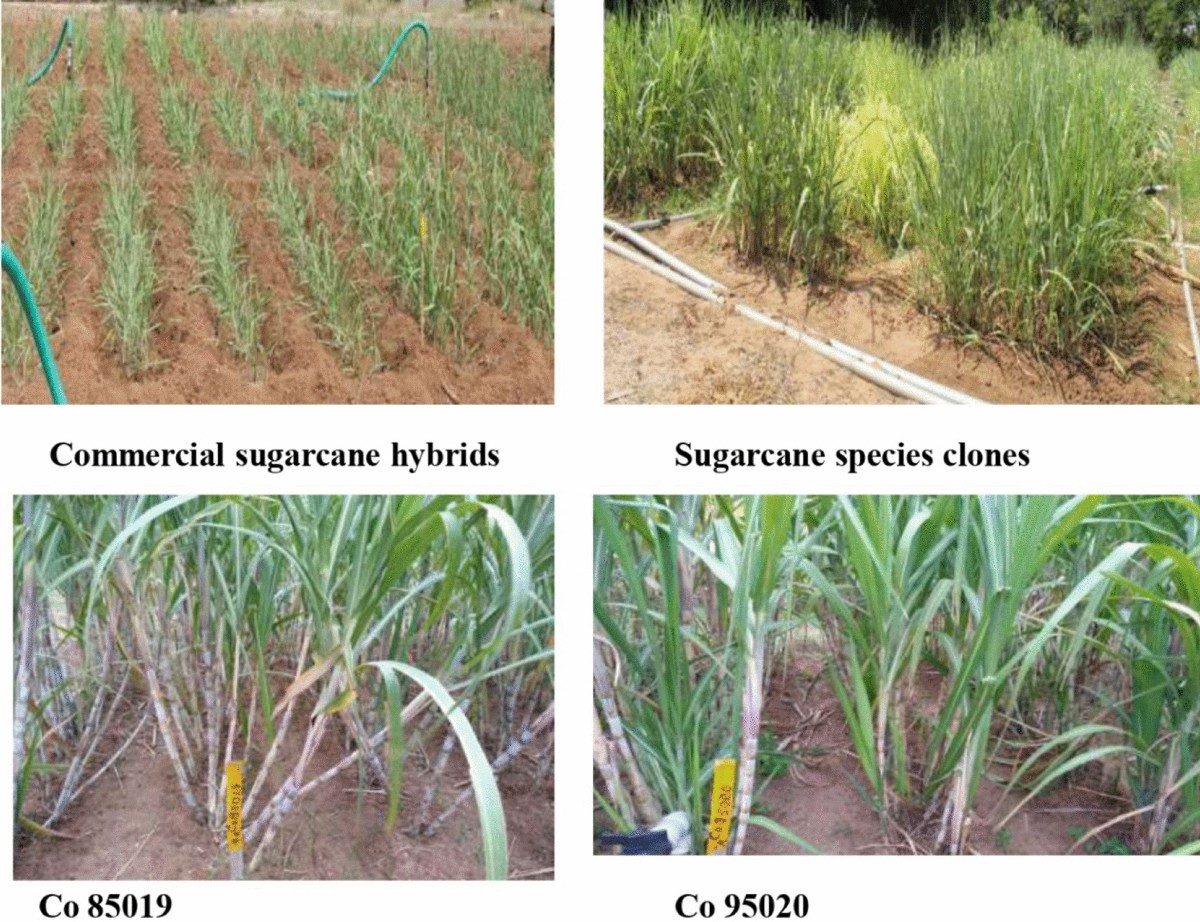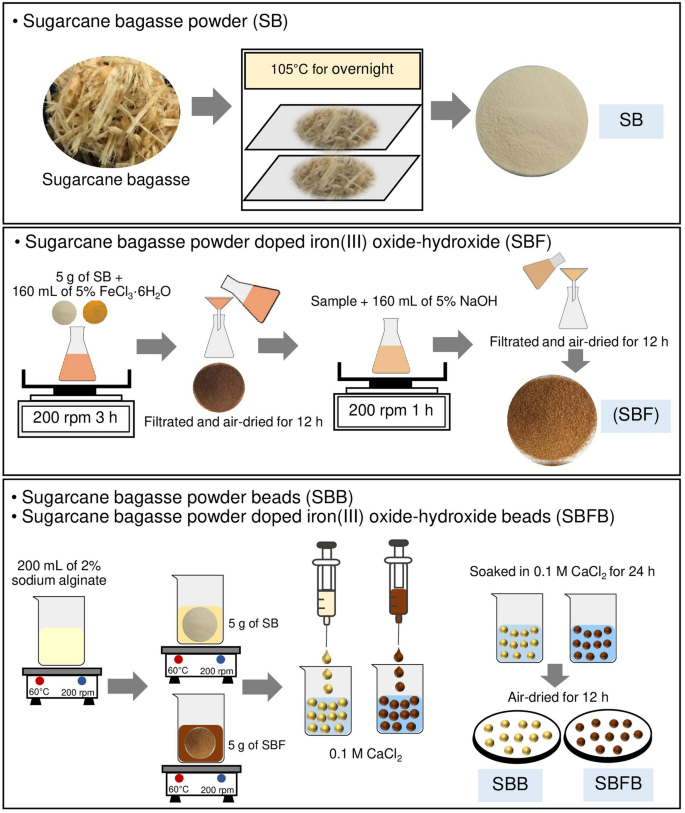Unlocking the Possible of Products From Sugarcane: a Comprehensive Overview
The possibility of sugarcane prolongs far past its standard usage for sugar manufacturing. This guide discovers the diverse applications of sugarcane, from energy and biodegradable products to health products. By analyzing its journey from area to factory, it reveals how lasting methods can change waste into valuable sources. As industries seek green remedies, the inquiry continues to be: just how can these developments improve our technique to agriculture and manufacturing?

The Trip of Sugarcane: From Area to Manufacturing facility
Sugarcane undertakes an interesting transformation as it takes a trip from rich areas to bustling manufacturing facilities. In the fields, the high, green stalks are collected, usually by mechanical means or manual work. Once reduced, the sugarcane is promptly moved to refining centers to guarantee optimum freshness. At the factory, the first action involves squashing the walking cane to draw out the sweet juice, which includes sucrose. Products From Sugarcane. This juice is then filtered and made clear, eliminating pollutants. Following this, it undertakes dissipation to concentrate the sugar web content, bring about crystallization. The resulting sugar crystals are separated from the continuing to be molasses with centrifugation. The sugar is dried out and packaged for distribution. Throughout this trip, preserving quality and performance is necessary, as the approaches used directly influence the product's final top quality. This transformation not only highlights the farming value of sugarcane however also its substantial duty in the worldwide economic situation
Sugar and Its Derivatives: Greater Than Just Sweet taste
The improvement of sugarcane into refined sugar unlocks to a broad variety of products and applications that expand beyond plain sweet taste. Sugar and its by-products, such as molasses, brown sugar, and sugar, play important roles in various sectors, consisting of food, pharmaceuticals, and cosmetics. In the food field, these ingredients enhance flavors, improve appearance, and serve as preservatives.Molasses, a result of sugar manufacturing, is rich in vitamins and minerals, making it an important ingredient in organic food and animal feed. Sugar, a simple sugar obtained from sugarcane, functions as a considerable energy source in sporting activities nutrition and is vital in the production of confectionery. In addition, sugar derivatives are made use of in fermentation procedures, adding to the manufacture of liquors and other microbial products. In general, the versatility of sugar and its by-products highlights their value past simple sweetness in daily life.
Biofuels: Harnessing Energy From Sugarcane

A considerable part of worldwide biofuel manufacturing currently relies on sugarcane, identified for its high power yield and effectiveness in converting sunlight right into biomass. This tropical plant offers as a primary resource for ethanol, an eco-friendly gas that can change gas in vehicles. Sugarcane's capability to create even more ethanol per hectare than various other feedstocks, such as corn, adds to its boosting appeal among biofuel producers.The fermentation process of sugarcane juice or molasses produces ethanol, which can be combined with fossil gas to lower greenhouse gas emissions. Furthermore, by utilizing the residual bagasse from sugarcane handling, power can be created via burning, additional boosting the sustainability of biofuel production. As countries look for to mitigate environment change effects, sugarcane biofuels provide an encouraging option, reinforcing energy safety and advertising farming sustainability while sustaining country economic situations.
Eco-friendly Plastics: The Lasting Alternate
Exactly how can industries shift to more lasting practices when faced with expanding plastic contamination? One appealing remedy depends on biodegradable plastics originated from sugarcane. Unlike conventional petroleum-based plastics, these bioplastics provide an environment-friendly option that can considerably lower environmental influence. Made from renewable energies, sugarcane-based plastics break down a lot more quickly in numerous problems, reducing garbage dump build-up and marine debris.The manufacturing of biodegradable plastics not just addresses waste management difficulties but likewise aligns with the increasing customer need for lasting items. Industries adopting these materials can boost their brand image while contributing to a round economic climate. Additionally, the change to biodegradable options encourages advancement and investment in new innovations, fostering a greener industry landscape.As extra companies recognize the advantages of sugarcane-derived plastics, the possibility for extensive fostering boosts, paving the means for an extra sustainable future in packaging and item design.
Animal Feed and Fertilizers: Making Use Of Results
The byproducts of sugarcane processing hold considerable capacity for both animal nutrition and natural plant foods. These byproducts can be integrated into animal feed, giving vital nutrients while decreasing waste. Additionally, they can function as effective organic fertilizer choices, enhancing soil wellness and advertising sustainable farming methods.
Byproducts in Pet Nutrition
While sugarcane is largely valued for its sucrose material, its byproducts play an essential function in pet nourishment, particularly in the type of animal feed and plant foods. The fibrous residue referred to as bagasse, generated throughout the extraction of juice, functions as an important source of roughage for animals. This high-fiber material boosts digestion and advertises overall wellness in ruminants. Additionally, molasses, a byproduct of sugar refining, is abundant in power and can be utilized to supplement pet diet regimens, enhancing palatability and nutritional value. Vinasse, a fluid by-product from ethanol manufacturing, includes necessary nutrients and can be utilized as a feed additive. Overall, sugarcane byproducts add substantially to lasting animal nourishment techniques.
Organic Plant Food Options
Utilizing sugarcane byproducts prolongs past pet nutrition to encompass organic fertilizer alternatives that profit agricultural practices. The coarse deposits, such as bagasse and filter cake, act as reliable natural fertilizers, improving soil wellness and enhancing crop yields. These materials are abundant in nutrients, consisting of phosphorus, nitrogen, and potassium, necessary for plant growth. When broken down, they enhance dirt framework, water retention, and microbial task, fostering a lasting farming ecosystem. Additionally, using sugarcane by-products for fertilizing minimizes reliance on artificial plant foods, promoting eco-friendly farming techniques. By recycling these byproducts, farmers can add to a circular economic climate while optimizing their productivity and lowering waste. This approach exhibits ingenious approaches in lasting agriculture, leveraging sugarcane's full possibility.
Health and Health: Nutritional Advantages of Sugarcane
Countless studies highlight the dietary benefits of sugarcane, making it a beneficial addition to a balanced diet plan. Rich in important nutrients, sugarcane contains substantial quantities of vitamins, minerals, and carbohydrates, especially vitamin C, potassium, and calcium. These parts contribute to general wellness, supporting immune feature and bone strength.Moreover, sugarcane is an all-natural resource of anti-oxidants, which aid battle oxidative tension and swelling in the body. Its high fiber wikipedia reference material help in digestion, advertising digestive tract health home and protecting against irregularity. In addition, sugarcane juice has actually been connected to hydration and power replenishment, making it an excellent option for professional athletes or those taking part in strenuous activities.Furthermore, the glycemic index of sugarcane is fairly reduced, permitting a much more steady release of energy, which may be advantageous for people taking care of blood sugar degrees. Overall, including sugarcane into one's diet regimen can supply a rejuvenating and nourishing option for health-conscious people.
Developments in Sugarcane Products: Future Trends and Possibilities
What innovations lie ahead for sugarcane items as sectors look for to boost sustainability and customer allure? The future of sugarcane products is positioned for substantial developments, driven by the demand for environment-friendly alternatives. Innovations in bio-based packaging, derived from sugarcane, are obtaining traction, supplying a lasting alternative for standard plastics. In addition, the expedition of sugarcane's bioactive substances is most likely to result in new health supplements and functional foods, maximizing its natural benefits.Research into fermentation processes might produce unique biofuels, further expanding sugarcane's utility. The development of genetically customized sugarcane ranges promises increased returns and resistance to bugs, thus sustaining sustainable farming techniques. As consumers become more ecologically mindful, the combination of openness in sourcing and production techniques will likewise play an important role fit the future of sugarcane products. Eventually, these innovations can redefine sugarcane's position in international markets.
Regularly Asked Questions
What Are the Ecological Effects of Sugarcane Farming?
The environmental impacts of sugarcane farming consist of logging, loss of biodiversity, soil deterioration, and water Click Here pollution - Products From Sugarcane. Additionally, extreme pesticide and fertilizer use can hurt communities, while monoculture methods may lead to decreased resilience against climate modification

How Is Sugarcane Processed Into Different Products?
Sugarcane handling entails harvesting, crushing, and removing juice, which is then clarified and concentrated. The resulting syrup can be fermented for ethanol or crystallized for sugar, while fibers are utilized for bioenergy and other items.

Are There Any Kind Of Wellness Risks Related To Sugarcane Intake?
The inquiry of health dangers related to sugarcane consumption highlights worries such as too much sugar consumption, prospective allergies, and gastrointestinal concerns. Small amounts is necessary to alleviate these risks while appreciating its nutritional benefits.
What Are the Economic Conveniences of Sugarcane Cultivation?
The economic advantages of sugarcane cultivation consist of work development, raised farming productivity, and contributions to neighborhood economies. In addition, it supports renewable resource production and uses different by-products that can boost earnings within diverse markets.
Just How Does Sugarcane Compare to Various Other Renewable Resources?
Sugarcane, as a renewable energy, shows higher effectiveness in biomass manufacturing contrasted to several alternatives. Its flexibility permits for numerous byproducts, adding significantly to lasting techniques, economic development, and decreasing reliance on fossil gas. Sugar, a straightforward sugar acquired from sugarcane, offers as a significant power resource in sports nutrition and is essential in the manufacturing of confectionery. Sugarcane's ability to create more ethanol per hectare than various other feedstocks, such as corn, adds to its increasing popularity among biofuel producers.The fermentation process of sugarcane juice or molasses creates ethanol, which can be combined with fossil fuels to minimize greenhouse gas exhausts. In addition, sugarcane juice has been linked to hydration and energy replenishment, making it an outstanding option for professional athletes or those involving in difficult activities.Furthermore, the glycemic index of sugarcane is reasonably reduced, permitting for an extra gradual launch of power, which may be advantageous for individuals handling blood sugar levels. In addition, the exploration of sugarcane's bioactive substances is likely to lead to new health supplements and functional foods, utilizing on its natural benefits.Research right into fermentation procedures might generate novel biofuels, further branching out sugarcane's utility. The inquiry of health and wellness risks connected with sugarcane usage highlights issues such as too much sugar consumption, possible allergies, and stomach problems.